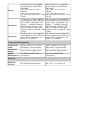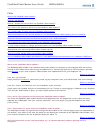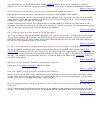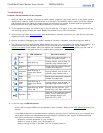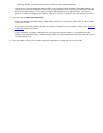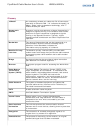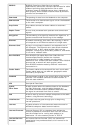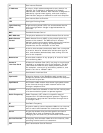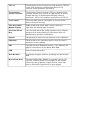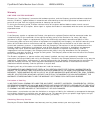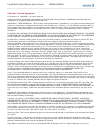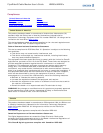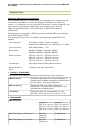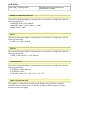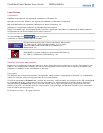
TCP/IP
Transmission Control Protocol/Internet Protocol (TCP/IP)
is the most commonly used protocol suite for the
Internet, which combines TCP and IP.
Transmission
Control Protocol
Transmission Control Protocol (TCP) is a standard that
provides transmission control for applications to ensure
reliable delivery of data despite changing network
conditions. TCP is the transport layer portion of TCP/IP.
Trunk Cable
The main cable that carries signals in and out of the
Service Provider building.
Two-Way Cable
Modem Access
Cable access that allows data to flow in both the
upstream and downstream directions.
Universal Serial
Bus
The Universal Serial Bus (USB) replaces many different
types of serial and parallel port connectors with one
standard plug and port combination.
Upload
The passing of data from the computer to the Headend.
Upstream
The direction of an upstream signal is from the user’s
computer to the headend.
URL
The URL (Uniform Resource Locator) is the address of a
page of information on the World Wide Web.
USB
See Universal Serial Bus
Web Browser
A computer program used for accessing the World Wide
Web.
World Wide Web
The World Wide Web (WWW) is a system used on the
Internet, allowing users to view pages of information
containing text, graphics, images, sound, video clips
and/or references (hyperlinks) to other pages.



